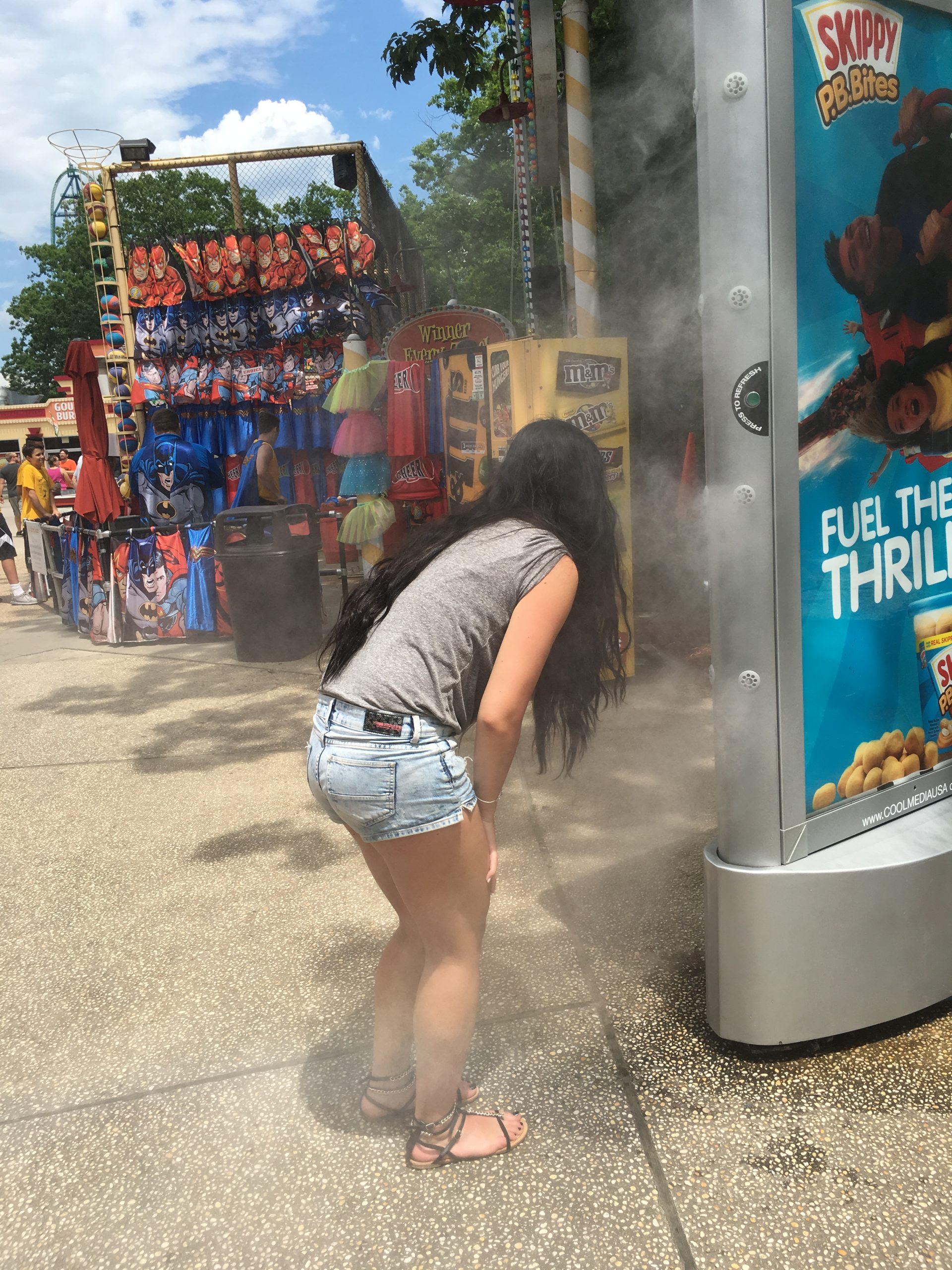Heat Injuries and how to protect yourself
 Heat injuries can have serious consequences including disability and death. Heat injuries affect not only people practicing sports during the summer but also workers such as construction workers or landscapers. Anyone who practices a strenuous activity in warm conditions is at risk and should understand the body mechanism behind a heat stroke and how to prevent it.
Heat injuries can have serious consequences including disability and death. Heat injuries affect not only people practicing sports during the summer but also workers such as construction workers or landscapers. Anyone who practices a strenuous activity in warm conditions is at risk and should understand the body mechanism behind a heat stroke and how to prevent it.
When someone exercises in the heat, the body reaction is to sweat to cool off the body. Therefore the body looses a lot of fluids that need to be replaced by water or hydrating drinks. The body also needs to cool off. If someone doesn’t let his or her body cool off properly and hydrate proprely, the body becomes dehydrated and heat injuries occur.
Heat injuries come in many forms from mild to acute:
Heat cramps are the first signs of a heat injury. Cramps in the legs, arms and stomach are the sign that the body can not replace the salt and the fluids in a timely manner. If cramps occur, stop your activity, stretch your muscles, hydrate and rest in a cool place.
Weakness and fatigue are the main symptoms of a heat syncope. A heat syncope occurs most often in the first 5 days of adjusting to a new activity for example a newly hired construction worker or a young athlete who returns to activity after an injury are at an increased risk of suffering heat syncope.
Sweating heavily and extreme weight loss as well as weakness, headache and excessive thirst are the symptoms of heat exhaustion due to water depletion. Someone who suffers heat exhaustion can sometimes loose consciousness. Heat exhaustion can also be caused by salt depletion. The symptoms are vomiting and nausea as well as muscle cramps and dizziness. Sometimes water is not enough and the body needs extra minerals and salt to be able to function proprely. Sports drinks containing electrolyte fluids are a good way to prevent salt depletion. Someone suffering from heat exhaustion should immediately stop exercising and be placed in a cool area as well as proactively cooled down with wet towels or fans to make sure the body temperature comes down. Proper fluid should be administered and a doctor should be called to assess if the person needs additional treatment and fluid administration.
The most severe type of heat injury is a heat stroke. Heat stroke occurs when the body can not cool down by itself anymore. It is sometimes preceded by less acute heat injuries symptoms but not always. It is an acute medical emergency that can lead to death. If someone feels nauseous, confused and disoriented and his or her body temperature is extremely high (104 or above), call 911 immediately as organs can stop functioning. If possible immerse the person in an ice bath, remove clothing and continue to actively cool down the person until EMS arrives.
To prevent heat injuries, gradually get into a new activity that requires efforts in the heat, take many breaks and hydrate frequently during, before and after exercising even if you don’t feel thirsty. Dark urine can be a sign of heat injury, don’t ignore it. Wear light weighted and light color clothing, use sunscreen and if possible exercise at the coolest time of the day. Humid weather makes it more difficult for the body to get rid of the sweat so make sure to take extra precautions on hot and humid days.
 New York Personal Injury Attorneys Blog
New York Personal Injury Attorneys Blog


